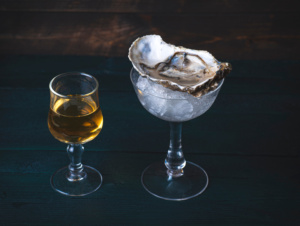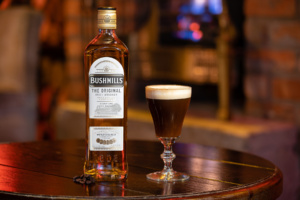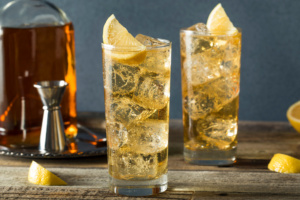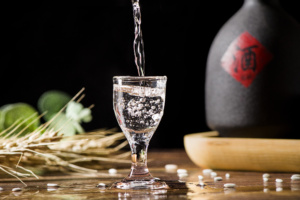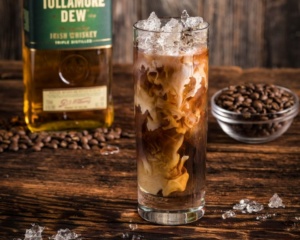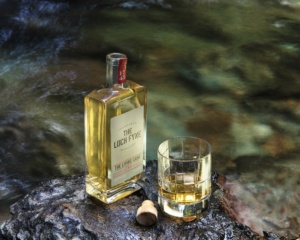Single Cask Whisky Explained
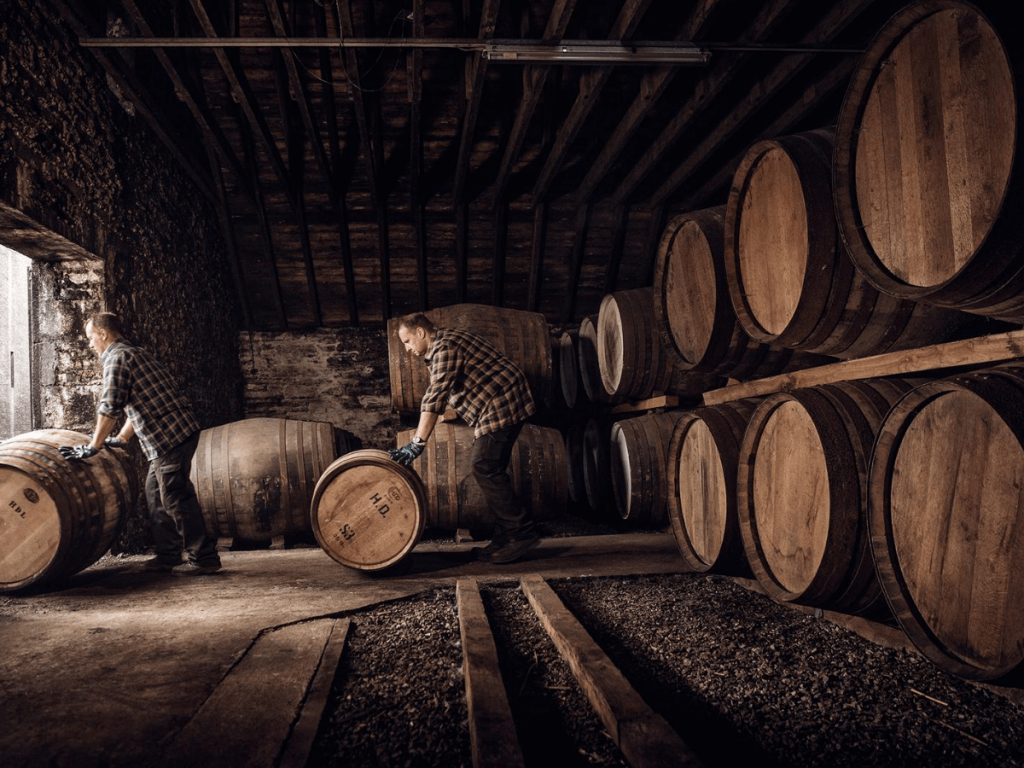
There comes a point in every whisky drinker’s journey when they realise that single malt whisky isn’t necessarily drawn directly from cask to bottle. The word ‘single’ can be somewhat misleading here, as single malt can (and often does) come from a variety of casks. The term ‘single malt’ instead refers to a whisky that is produced by a single distillery using a single malted grain (in Scotch whisky-making, this grain must be barley and the whisky must be distilled using a pot still). If this is a revelation for you, don’t be alarmed – that’s not to say a blend of casks can’t make an exceptional single malt. They can, and they do! Blending between casks allows whisky producers to create balance, establish character and maintain consistency in the whiskies we know and love.
That being said, there is something romantic about the single cask – whisky drawn straight from one individual cask. Releases are almost always bottled at cask strength and free from caramel colouring or chill-filtration. This is whisky in its most authentic form; untouched, elemental, pure. No two single cask whiskies are the same, and they are intended to take on the unique flavour of their individual casks.
One of the most magical elements of the whisky-making process is undoubtedly cask maturation – experts believe that as much as 80% of a whisky’s flavour may come from the very wood it was aged in. The cask is an intrinsic part of whisky creation, but how did it come to be?
History of the Cask
Whisky was officially documented for the first time in Scotland in the late fifteenth century, although wooden barrels were not part of the story at this point. Up until the 1800's, whisky tended to be drunk fresh from the still, or smuggled throughout the country in everything and anything distillers could get their hands on.
It wasn’t until the early nineteenth century, when the UK began importing larger quantities of port and sherry, that barrels became a common fixture in the whisky-making process. Shipped to the UK in casks and bottled at port, a surplus of empty wine barrels were then available for thrifty distillers to store and transport their whisky in.
The oak barrels were praised for being water-tight and easily stackable, however it was quickly discovered that the sweet wines previously held within these casks helped to mellow the spirit and improve its flavour. Influenced even further by length of time spent in cask, it wasn’t long before cask ageing became an essential component of making the whisky we pour into our glass today. In fact, today’s laws require the spirit to spend three years in cask before it can even be legally called Scotch whisky.
Individual character
Due to an almost infinite combination of factors – from a cask’s original contents, to the unique character of its wood, to the temperature of the warehouse it is laid in – the components of a single cask come together to create something totally unique; a dram that is truly inimitable.
By their very nature, single casks produce liquid that is extremely limited. Even the largest casks will only yield around 500 bottles, depending on what proof the whisky is bottled at or how much liquid is lost to evaporation (known as the angels’ share). Bottles are often individually numbered, and labels show the specific cask details; the holy grail of whisky transparency!
Sought-after for their exclusivity, single casks are also alluring thanks to their ability to showcase a side of a distillery that drinkers may otherwise not get the chance to explore. Focus on the flavours from an individual cask and less intervention from the whisky makers mean the end result is likely to taste different to the distillery’s classic single malt, giving drinkers the opportunity to try something ‘off the beaten path’ from their favourite brands.
Enter, The W Club…
At The W Club, it is part of our mission to bring our members the most exciting single cask bottlings, exclusively available to them. Each single cask is selected by our Cask Committee with our members in mind, thanks to ongoing dialogue with our club about the whiskies they like to drink and those they are curious to try.
Recent single cask bottlings include a sherry cask Highland Park, an Old Pulteney aged in ex-bourbon, and our current release: an Inchmurrin 2004, drawn directly from cask #17/641-2. A single malt distilled at Loch Lomond Distillery, Inchmurrin spirit is light and fruity, becoming more floral and grassy during maturation. Our exclusive W Club release was matured in a single French oak barrel for 15 years before being bottled at a mighty 54.6% VOL (cask strength!), with just 393 bottles filled. As we’d expect from Inchmurrin, this dram is fruity and grassy on the nose, with a burst of citrus and pineapple on the palate – but we’ve got that exceptional single French oak cask to thank for luxurious notes of thick golden syrup, creamy vanilla and melted brown sugar. Our very own Charlie MacLean summed up this dram perfectly when he tasted it in our last edition of Whiskeria: apple sponge with vanilla custard. Spot on.
The W Club’s single cask bottlings are available exclusively to members at www.whiskyshop.com. Not a member yet? You can sign up to The W Club for just £30 a year to get your hands on these extremely limited drams, and keep an eye out for upcoming (and hugely exciting!) releases such as our Daftmill bottling, dropping later this year.
The components of a single cask come together to create something totally unique; a dram that is truly inimitable.
Whisky Jargon Explained...
Single malt
Whisky that is produced by a single distillery using a single malted grain (in Scotch whisky-making, this grain must be barley and the whisky must be distilled using a pot still). The final whisky can (and often does) come from a variety of casks.
Single cask
Whisky drawn and bottled from one individual cask.
Cask strength
Whisky bottled at the strength at which it's drawn from cask – no dilution.
Caramel colouring
Colouring added to aid consistency in a whisky’s colour.
Chill-filtration
A process that removes any residue or cloudiness in the liquid. Whisky is cooled to between −10° and 4° Celsius and passed through a fine adsorption filter.
Angels’ share
The amount of alcohol that is lost to evaporation during cask maturation.
 4.7/5 with 10,000+ reviews
4.7/5 with 10,000+ reviews
